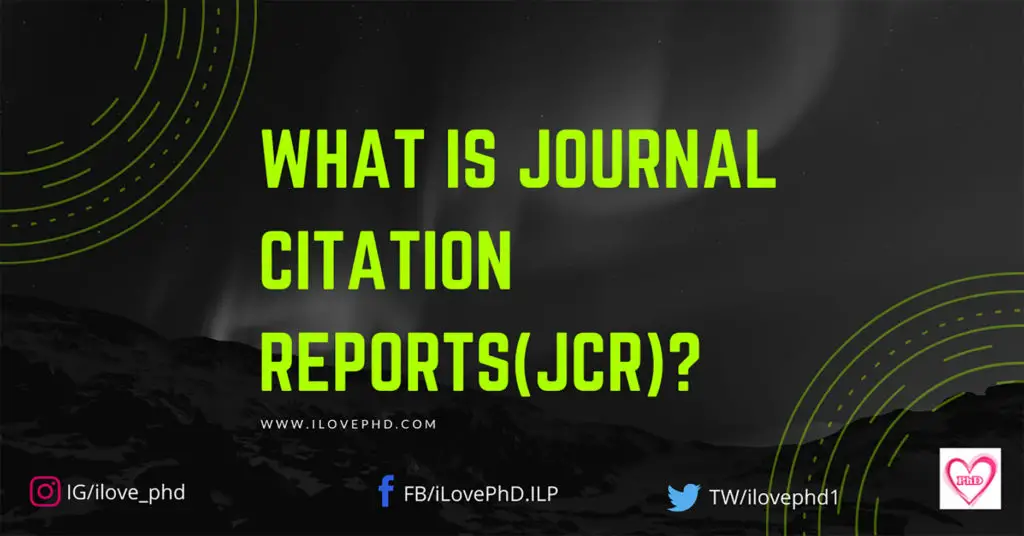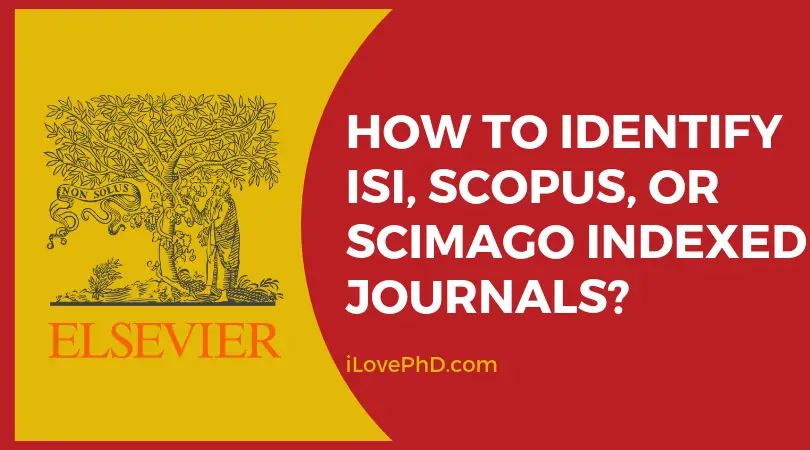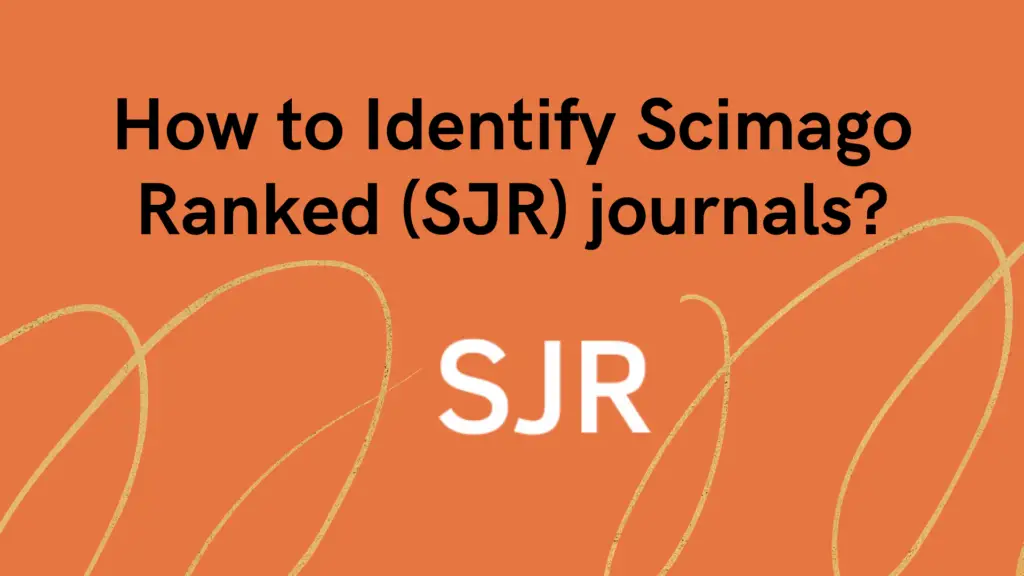If you’re a researcher or academic, you may have heard the term “Q1 journals” being thrown around. But what exactly does it mean, and how is it calculated? In this article, we’ll explore the definition of What is Q1 journals and the methodology behind their calculation.
What is Q1 journals?
Q1 journals, or “top quartile” journals, are the highest-ranking journals in a particular category or field. They represent the top 25% of journals based on their citation impact factor. The citation impact factor measures how often other researchers cite articles in a particular journal.
Q1 journals are considered to be the most prestigious and influential journals in their respective fields. They often have a rigorous peer-review process and publish high-quality research that contributes significantly to the advancement of their field.
How is Q1 calculated?
The quartile ranking of a journal is determined by the citation impact factor of the journal in comparison to other journals in the same category or field. This ranking is determined by several factors, including the number of citations a journal receives, the quality of the citations, and the age of the citations.
The process of calculating the quartile ranking involves dividing all the journals in a particular category or field into four groups based on their citation impact factor. The top 25% of journals are classified as Q1 journals, the next 25% as Q2, the next 25% as Q3, and the bottom 25% as Q4.
The quartile ranking is usually determined using databases such as Journal Citation Reports (JCR) or Scopus. These databases provide a comprehensive list of journals in various fields, along with their quartile ranking and other important metrics such as the journal’s impact factor and total citations.
Why is Q1 important?
Q1 journals are highly regarded in the academic community and are often considered a key metric of success for researchers. Publishing in Q1 journals can significantly boost a researcher’s academic reputation and help them secure funding or tenure.
Additionally, Q1 journals often have a wider readership and greater visibility than lower-ranked journals. This can increase the impact and influence of a researcher’s work and contribute to the advancement of their field.
How Do You Find Q1 Journals in Your Field?
Here are some tips:
Use Journal Citation Reports (JCR)

Also Read: What is Journal Citation Reports(JCR)?
JCR is a database that provides rankings and metrics for journals in various fields. You can access JCR through your institution’s library or by purchasing a personal subscription. Once you have access, you can search for journals by category and quartile ranking. JCR also provides other important metrics such as the journal’s impact factor and total citations.
Check Scopus

Also Read: How to Find Scopus Indexed Journals?
Scopus is another database that provides information on journal rankings and metrics. It covers a wider range of fields than JCR and is considered to be more comprehensive. Scopus also provides quartile rankings, as well as other metrics such as h-index and SJR (SCImago Journal Rank).

Also Read: How to Identify Scimago Ranked (SJR) Journals?
Ask Colleagues or Mentors
If you’re unsure about which journals are considered Q1 in your field, it’s always a good idea to ask for advice from colleagues or mentors. They may have firsthand knowledge of which journals are well-regarded in your area of research.
Check the Journal’s website
Many journals list their quartile ranking and other metrics on their website. You can also look for information on the journal’s submission and peer review process, as well as their editorial board and impact factor.
Consider the Journal’s Scope and Focus
Also Read: Top 100 Journals in the World with Highest Impact Factor 2023
It’s important to choose a journal that is appropriate for your research topic and methodology. Some journals may have a broader scope, while others may be more specialized. Consider whether your research aligns with the journal’s focus and whether your methodology is suitable for the journal’s readership.
List of 50 High Impact Q1 journals with APC(Article Publication Charge)
Identifying high-impact Q1 journals along with their Article Processing Charges (APCs) is essential for researchers aiming to publish in reputable open-access platforms. Below is a curated list of 50 such journals across various disciplines, including their APCs and publishers. Please note that APCs are subject to change; always refer to the official journal websites for the most current information.
| No. | Journal Title | Publisher | APC (USD) | Discipline |
|---|---|---|---|---|
| 1 | Nature Reviews Drug Discovery | Springer Nature | Varies | Medicine |
| 2 | New England Journal of Medicine | Massachusetts Medical Society | Varies | Medicine |
| 3 | Nature Medicine | Springer Nature | Varies | Medicine |
| 4 | Science Advances | American Association for the Advancement of Science | $4,500 | Multidisciplinary |
| 5 | Proceedings of the National Academy of Sciences | National Academy of Sciences | $1,700 | Multidisciplinary |
| 6 | National Science Review | Oxford University Press | $3,000 | Multidisciplinary |
| 7 | Scientific Reports | Springer Nature | $1,495 | Multidisciplinary |
| 8 | PLOS ONE | Public Library of Science | $1,695 | Multidisciplinary |
| 9 | Royal Society Open Science | Royal Society | £1,400 (~$1,960) | Multidisciplinary |
| 10 | iScience | Cell Press | $2,500 | Multidisciplinary |
| 11 | Journal of Advanced Research | Elsevier | $1,500 | Multidisciplinary |
| 12 | PLoS Biology | Public Library of Science | $3,000 | Biology |
| 13 | Cell Reports | Cell Press | $5,200 | Biology |
| 14 | Genome Biology | Springer Nature | $3,490 | Biology |
| 15 | BMC Medicine | Springer Nature | $2,690 | Medicine |
| 16 | The Lancet Global Health | Elsevier | $5,000 | Medicine |
| 17 | BMJ Open | BMJ Publishing Group | £1,700 (~$2,380) | Medicine |
| 18 | Frontiers in Psychology | Frontiers Media | $2,950 | Psychology |
| 19 | Journal of the American Chemical Society | American Chemical Society | $5,000 | Chemistry |
| 20 | Angewandte Chemie International Edition | Wiley-VCH | $5,000 | Chemistry |
| 21 | Chemical Science | Royal Society of Chemistry | No APC | Chemistry |
| 22 | Advanced Materials | Wiley-VCH | $5,000 | Materials Science |
| 23 | Nano Letters | American Chemical Society | $5,000 | Nanotechnology |
| 24 | ACS Nano | American Chemical Society | $5,000 | Nanotechnology |
| 25 | Nature Communications | Springer Nature | $5,600 | Multidisciplinary |
| 26 | eLife | eLife Sciences Publications | $3,000 | Life Sciences |
| 27 | Journal of Clinical Investigation | American Society for Clinical Investigation | $4,000 | Medicine |
| 28 | The EMBO Journal | EMBO Press | €4,500 (~$5,000) | Biology |
| 29 | Bioinformatics | Oxford University Press | $2,500 | Bioinformatics |
| 30 | Journal of High Energy Physics | Springer Nature | No APC | Physics |
| 31 | Physical Review X | American Physical Society | $5,000 | Physics |
| 32 | IEEE Access | IEEE | $1,850 | Engineering |
| 33 | Sensors | MDPI | CHF 2,000 (~$2,200) | Engineering |
| 34 | Remote Sensing | MDPI | CHF 2,200 (~$2,400) | Earth Sciences |
| 35 | Water Research | Elsevier | $3,570 | Environmental Science |
| 36 | Environmental Research Letters | IOP Publishing | $2,100 | Environmental Science |
| 37 | Journal of Environmental Management | Elsevier | $3,570 | Environmental Science |
| 38 | Energy | Elsevier | $3,570 | Energy |
| 39 | Renewable Energy | Elsevier | $3,570 | Energy |
| 40 | Applied Energy | Elsevier | $3,570 | Energy |
| 41 | Energy & Environmental Science | Royal Society of Chemistry | $6,000 | Energy |
| 42 | Journal of Cleaner Production | Elsevier | $3,570 | Environmental Science |
| 43 | Sustainability | MDPI | CHF 2,000 (~$2,200) | Environmental Science |
| 44 | Journal of Business Research | Elsevier | $3,570 | Business |
| 45 | Strategic Management Journal | Wiley | $5,000 | Business |
| 46 | Journal of Marketing | American Marketing Association | $2,500 | Business |
| 47 | MIS Quarterly | MIS Research Center | No APC | Information Systems |
| 48 | Journal of Information Technology | Springer Nature | $3,000 | Information Systems |
| 49 | Information Systems Research | INFORMS | $1,500 | Information Systems |
| 50 | Journal of the Association for Information Systems | Association for Information Systems | No APC | Information Systems |
Please verify the current APCs and open-access policies on the respective journal websites, as fees and policies may change over time.
Summary
Q1 journals are the highest-ranking journals in a particular category or field based on their citation impact factor. The quartile ranking is determined by dividing all journals in a category or field into four groups based on their citation impact factor. Publishing in Q1 journals can have significant benefits for researchers and contribute to the advancement of their field.


